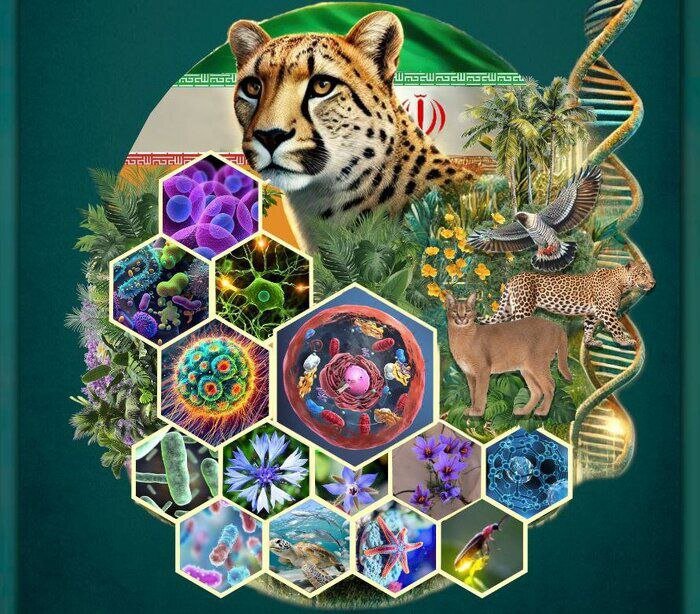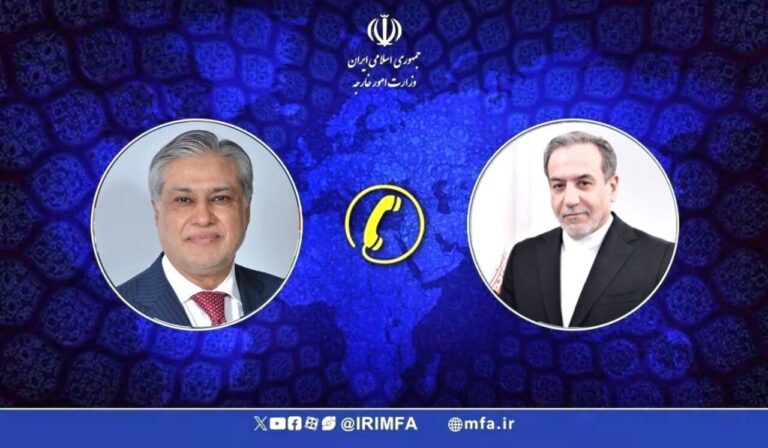Iran: A Hidden Gem of Genetic Diversity and Biodiversity Riches
Iran boasts a remarkable variety of wildlife, making it one of the richest countries in terms of genetic reserves. With over 37,000 unique animal species, the country plays a vital role in global biodiversity. An official from the Department of Environment (DOE) has emphasized the importance of sustainable practices to protect these valuable species.
On the occasion of the National Day of Genetic and Biological Reserves, observed annually on April 4, Mohammad-Reza Ashrafzadeh discussed Iran’s critical position on the biodiversity map. This significance is attributed to the country’s location at the intersection of three biogeographical regions and two global biodiversity hotspots. He noted the urgent need for comprehensive policies aimed at the conservation of these species, as reported by IRIB.
According to recent scientific studies, Iran is home to:
- Over 37,500 animal species
- Approximately 8,000 plant species
This incredible biodiversity highlights the ecological richness of Iran. However, it is crucial to note that 154 vertebrate species currently appear on the red list of the International Union for Conservation of Nature (IUCN). These species face a critical risk of extinction, primarily due to:
- Climate change
- Pollution
- Habitat destruction
- Invasive species
To combat these threats, the Department of Environment has initiated several proactive measures, including:
- Establishing gene banks to preserve genetic material of endangered species.
- Creating a biodiversity atlas that maps the distribution of various species across the country.
- Preparing a genetic map specifically targeting endangered species.
- Implementing restoration and conservation programs to rejuvenate habitats and protect vulnerable species.
Ashrafzadeh stressed that the responsibility of protecting genetic reserves extends beyond the government. It requires collaboration among:
- Government bodies
- Scientific institutions
- The private sector
- The public
In conclusion, safeguarding Iran’s genetic reserves is not just a local concern; it is a global responsibility. The rich biodiversity of the nation is a treasure that, if not protected, could lead to irreversible loss. With joint efforts from various sectors of society, there is hope for effective conservation strategies to be implemented, ensuring the survival of Iran’s unique wildlife for future generations.
As we observe the National Day of Genetic and Biological Reserves, it is an opportune moment to reflect on the importance of biodiversity and the urgent actions required to preserve it. The ongoing challenges of climate change, pollution, and habitat destruction necessitate immediate attention and sustainable solutions to protect the rich array of species that call Iran home.






